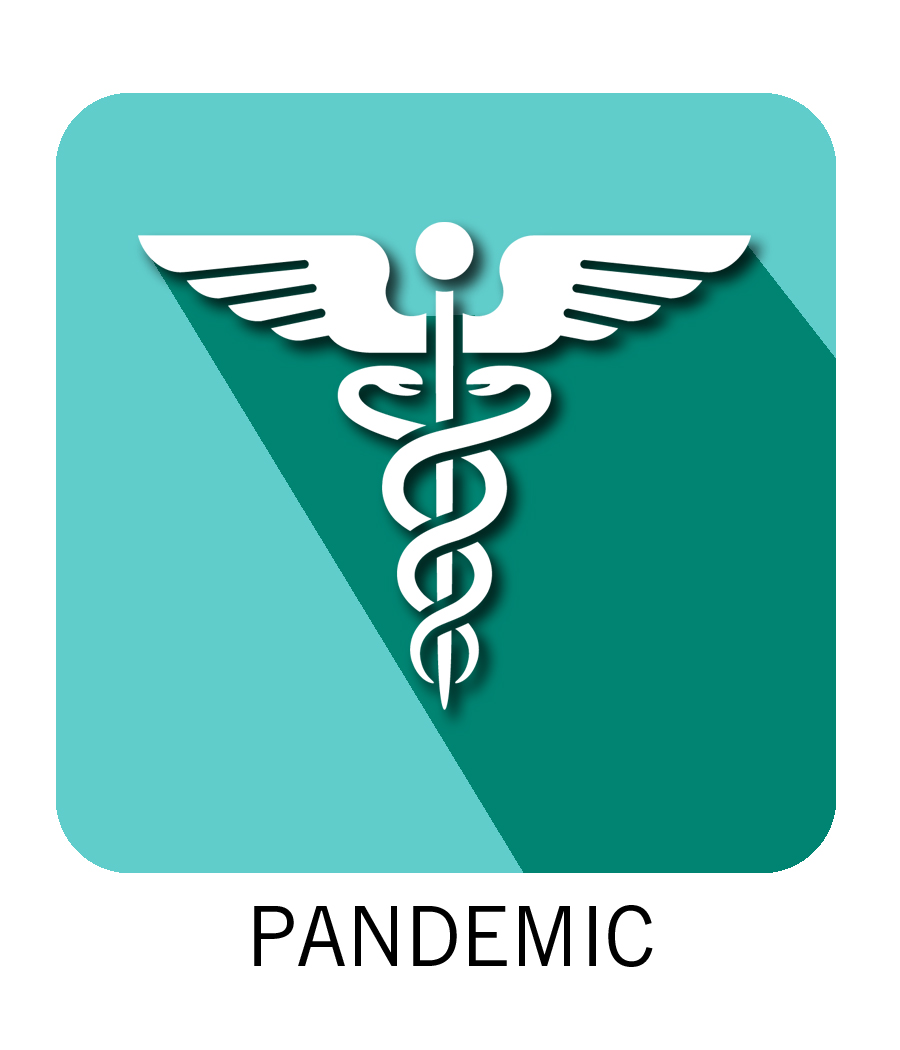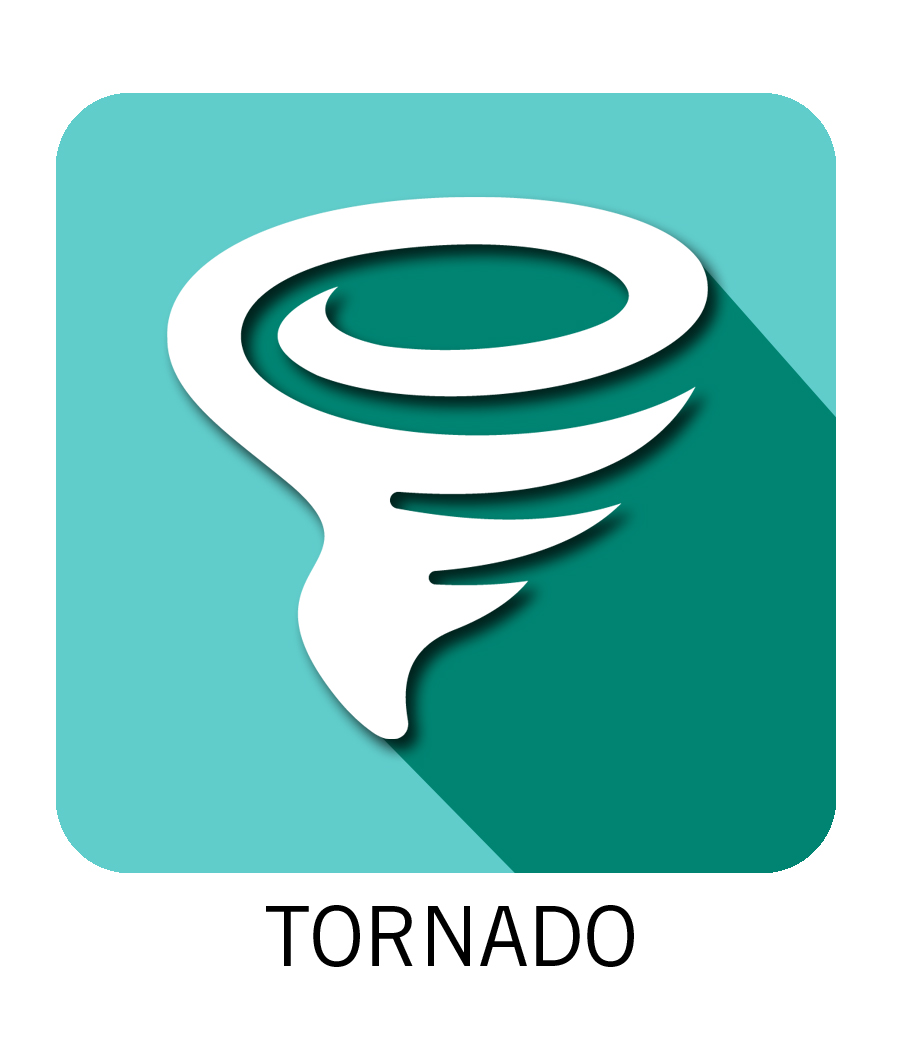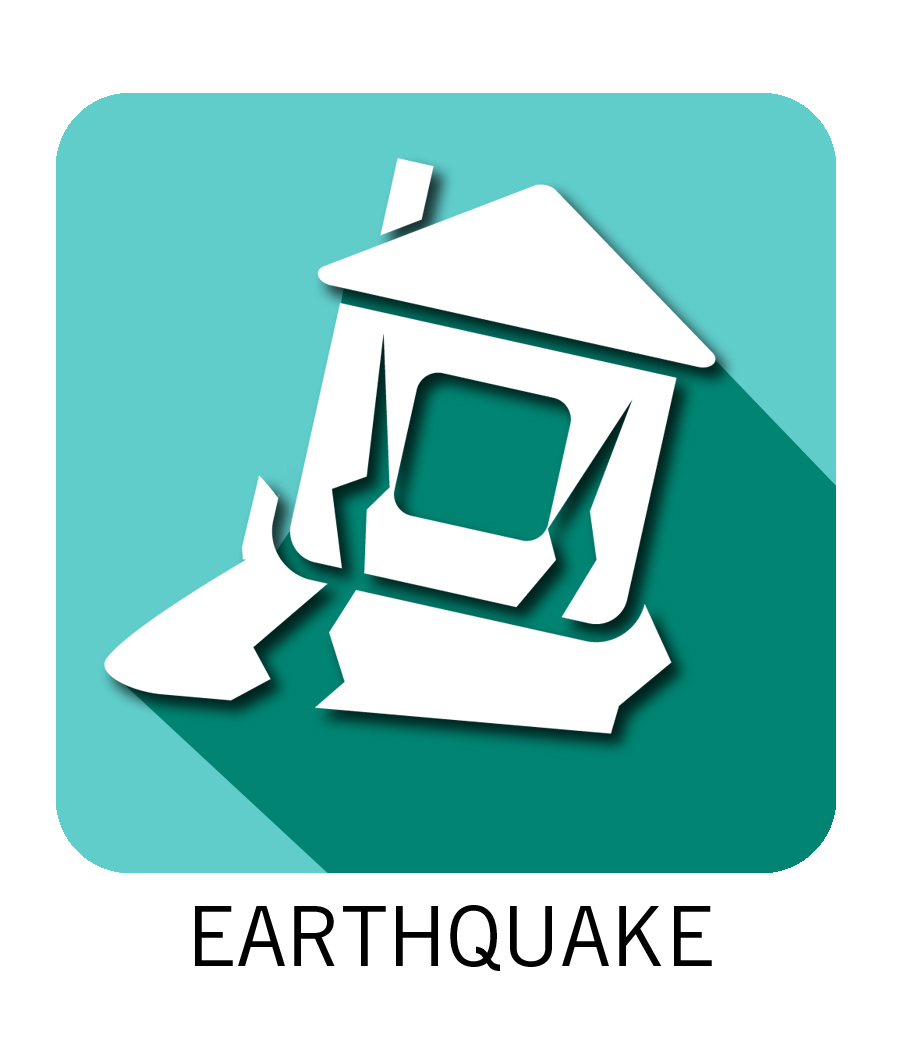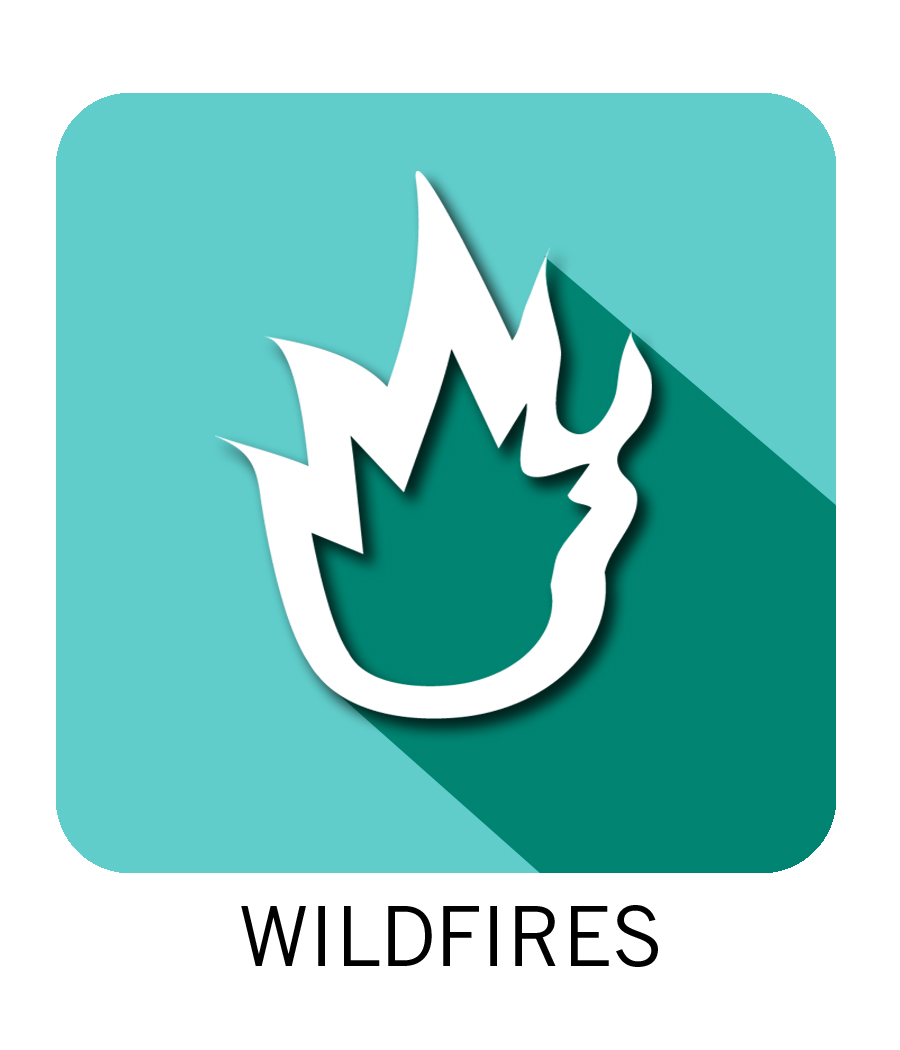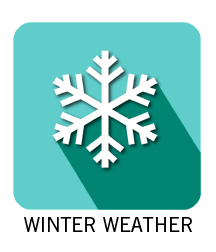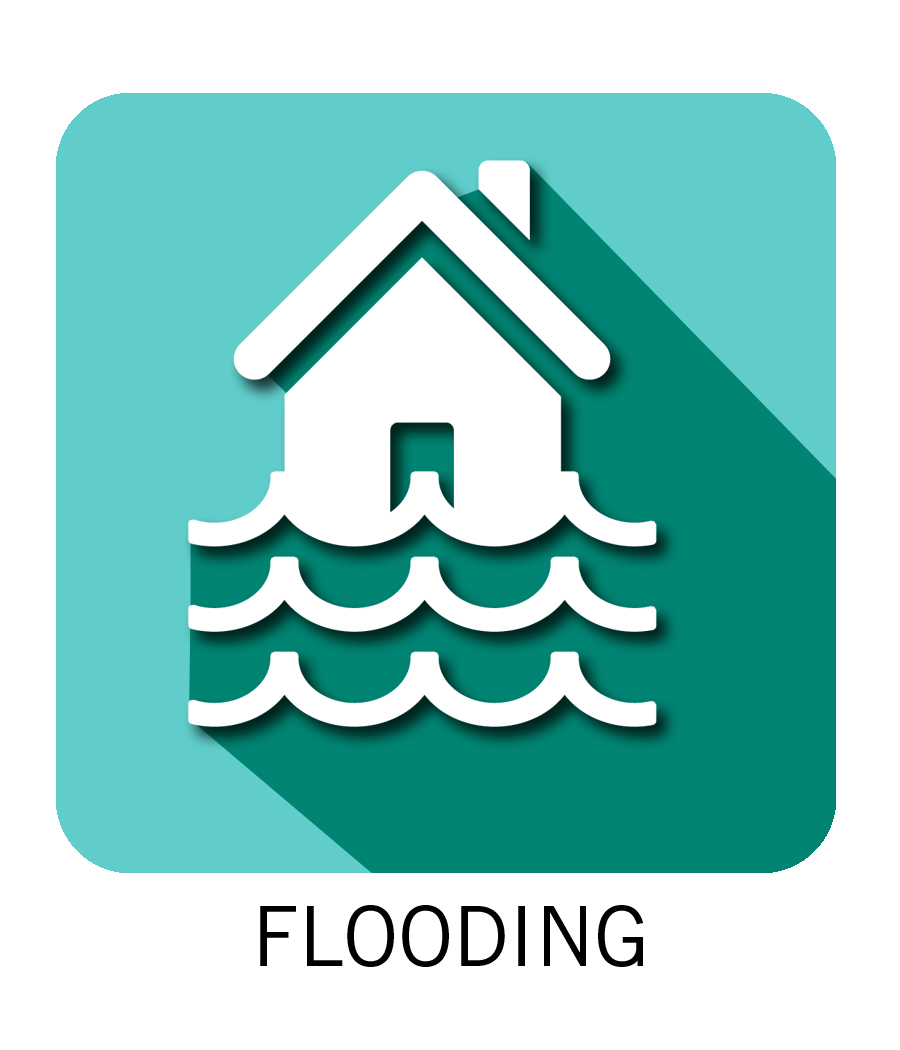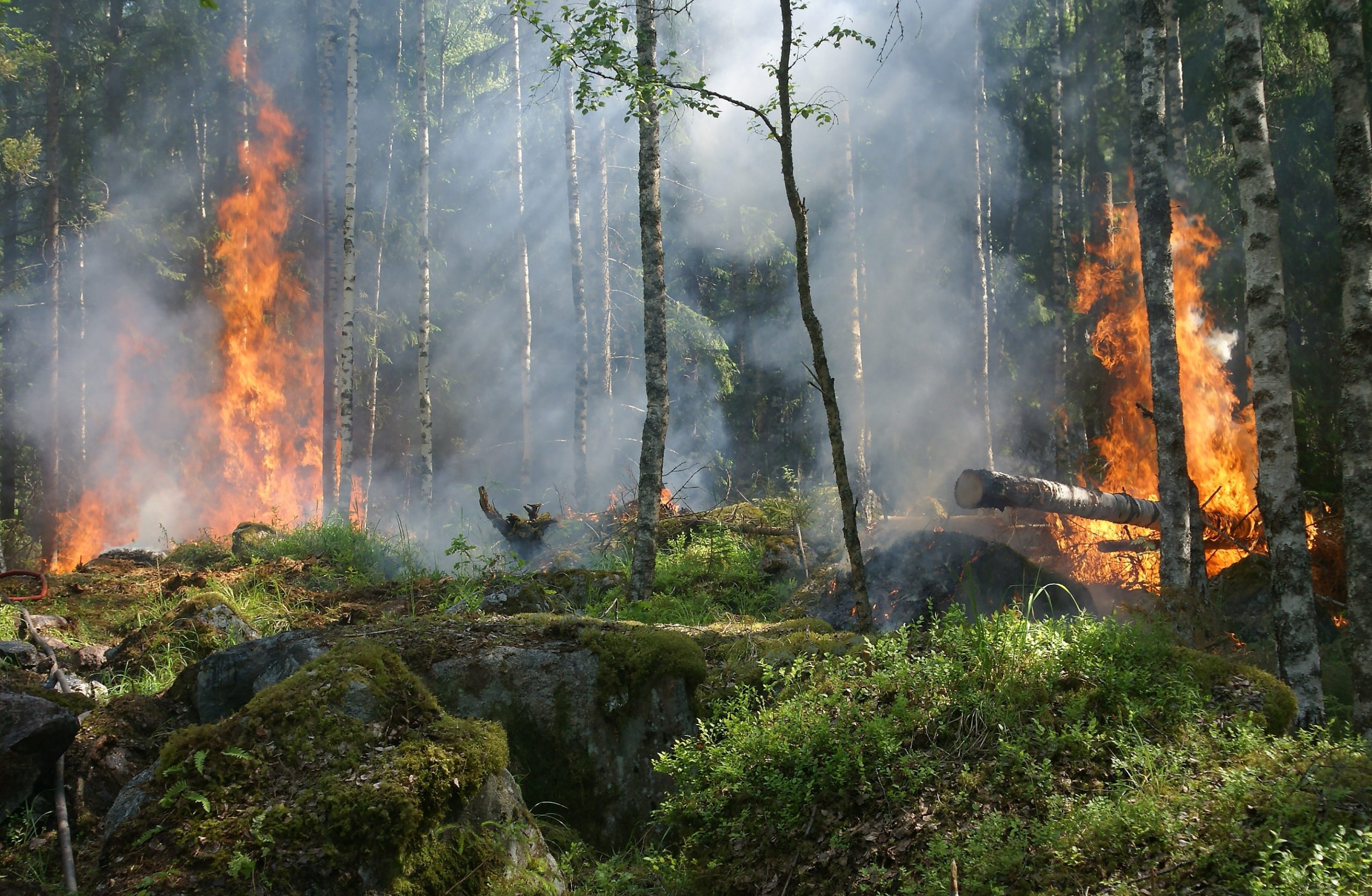
Wildfires
Wildfires often begin unnoticed. They spread quickly, igniting brush, trees, and homes. Reduce your risk by preparing now—before wildfires strike. Meet with your family to decide what to do and where to go if wildfires threaten your area.
Follow the steps listed below to protect your family, home, and property.
Practice Wildfire Safety
-
- Contact your local fire department, health department, or forestry office for information on fire laws.
- Make sure that fire vehicles can get to your home. Clearly mark all driveway entrances and display your name and address.
- Report hazardous conditions that could cause a wildfire.
- Teach children about fire safety. Keep matches out of their reach.
- Post fire emergency telephone numbers.
- Ensure adequate accessibility by large fire vehicles to your property.
- Plan several escape routes away from your home – by car and on foot.
- Talk to your neighbors about wildfire safety. Plan how the neighborhood could work together after a wildfire. Make a list of your neighbors’ skills, such as medical or technical. Consider how you could help neighbors who have special needs, such as elderly or disabled persons. Make plans to take care of children who may be on their own if parents can’t get home.
Health Threat From Wildfire Smoke
How to tell if smoke is affecting you…
-
- Smoke can cause:
- Coughing
- A scratchy throat
- Irritated sinuses
- Shortness of breath
- Chest pain
- Headaches
- Stinging eyes
- A runny nose
- If you have heart or lung disease, smoke might make your symptoms worse.
- People who have heart disease might experience:
- Chest pain
- Rapid heartbeat
- Shortness of breath
- Fatigue
- Smoke may worsen symptoms for people who have pre-existing respiratory conditions, such as respiratory allergies, asthma, and chronic obstructive pulmonary disease (COPD), in the following ways:
- Inability to breathe normally
- Cough with or without mucus
- Chest discomfort
- Wheezing and shortness of breath
- Smoke can cause:
Even healthy people may experience some of these symptoms when smoke levels are high enough.
Know whether you are at risk
-
- If you have heart or lung disease, such as congestive heart failure, angina, COPD, emphysema, or asthma, you are at higher risk of having health problems than healthy people.
- Older adults are more likely to be affected by smoke because they are more likely to have heart or lung diseases than younger people.
Children are more likely to be affected by health threats from smoke because their airways are still developing and because they breathe more air per pound of body weight than adults. Children also are more likely to be active outdoors.
Protect yourself
Limit your exposure to smoke. The following are ways to protect your health:
-
- Pay attention to local air quality reports. Listen and watch for news or health warnings about smoke. Find out if your community provides reports about the Environmental Protection Agency’s Air Quality Index (AQI). Also, pay attention to public health messages about taking additional safety measures.
- Refer to visibility guides if they are available. Not every community has a monitor that measures the number of particles that are in the air. Some communities in the western part of the United States have guidelines to help people estimate AQI based on how far they can see.
- If you are advised to stay indoors, keep indoor air as clean as possible. Keep windows and doors closed unless it is extremely hot outside. Run an air conditioner if you have one, but keep the fresh-air intake closed and the filter clean to prevent outdoor smoke from getting inside. If you do not have an air conditioner and it is too warm to stay inside with the windows closed, seek shelter elsewhere.
- Use a high-efficiency particulate air (HEPA) filter to reduce breathing problems. A HEPA filter may reduce the number of irritating fine particles in indoor air.
- Do not add to indoor pollution. When smoke levels are high, do not use anything that burns, such as candles, fireplaces, or gas stoves. Do not vacuum because vacuuming stirs up particles already inside your home. Do not smoke because smoking puts even more pollution into the air.
If you have asthma or another lung disease, follow your doctor’s advice about medicines and your respiratory management plan. Call your doctor if your symptoms worsen.
Dust masks are not enough. Paper “comfort” or “dust” masks commonly found at hardware stores are designed to trap large particles, such as sawdust. These masks will not protect your lungs from smoke.


